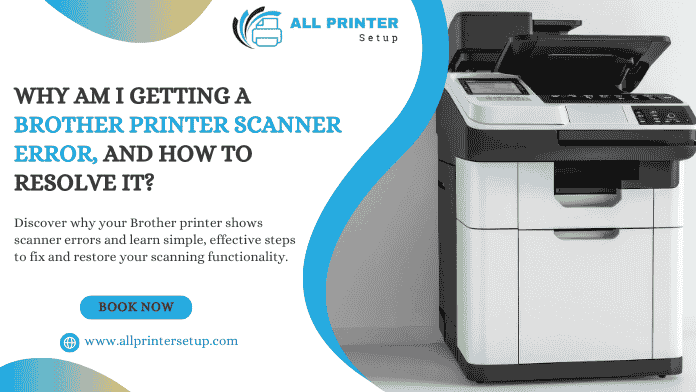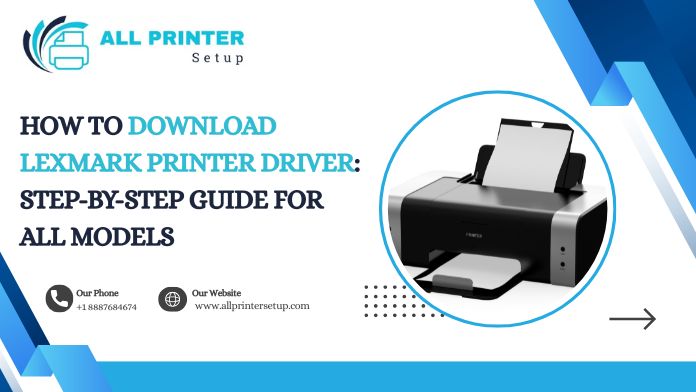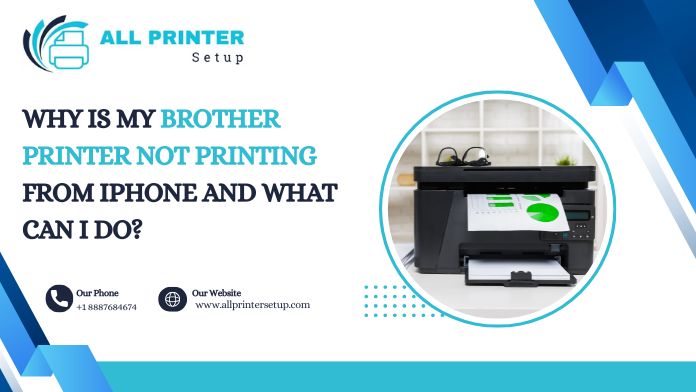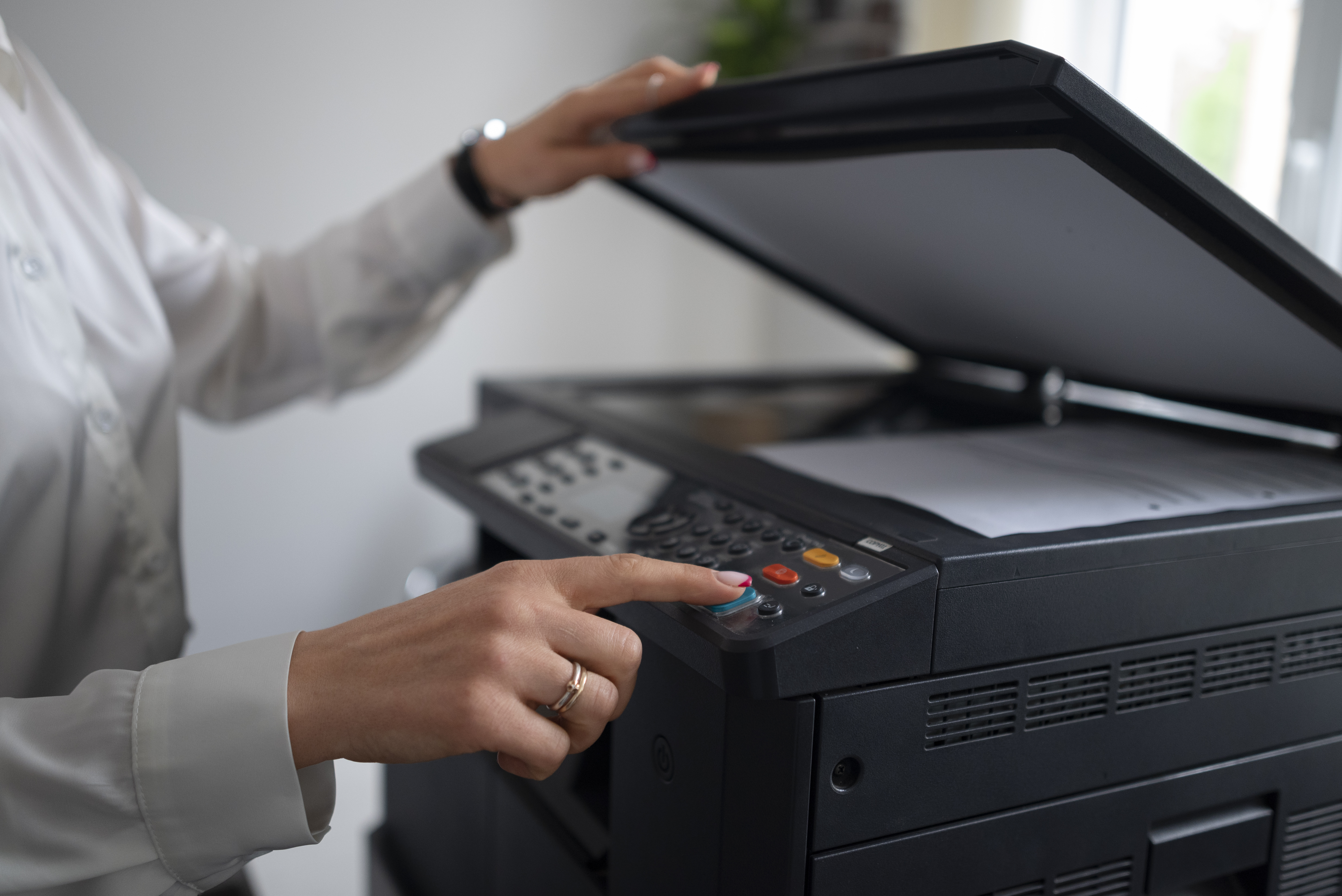 (1) (1).png)
Epson Printer models are known for their dependable performance and high-quality printing. One of their most convenient features is wireless connectivity, which allows users to print from anywhere within range. However, users occasionally encounter WiFi connection issues that can halt productivity and create frustration. Whether the connection is failing during setup or dropping unexpectedly, this guide will walk you through easy steps to resolve these problems and restore seamless wireless printing.
Understanding the WiFi Connection Problem in Epson Printers
Before diving into solutions, it's important to understand why your Epson Printer may not be connecting to your WiFi network. The issue could stem from various causes including incorrect WiFi credentials, outdated firmware, network interference, or software conflicts. It’s also possible that recent changes in your network settings—such as a new router or password—have disrupted the connection. Taking the time to identify the source of the problem will help you fix it more efficiently.
Restarting Devices to Clear Temporary Glitches
A common first step when dealing with any connectivity issue is restarting both your printer and router. Power cycling can help eliminate minor glitches. Turn off the Epson printer and unplug it from the power source. Do the same with your router. Wait a minute, then plug in the router and allow it to fully reboot. After that, turn your printer back on and attempt to connect it to the network again. Often, this simple method is enough to solve basic connection issues not just with Epson, but also with other brands. For example, when a Brother printer randomly stops printing, a restart can also resolve the problem.
Making Sure the Printer Is Within the Range
Wireless printers need a strong and stable WiFi signal. If your Epson printer is located too far from your router or surrounded by obstructions like walls and metal furniture, the signal might be weak or inconsistent. This can prevent successful connection or lead to frequent disconnections. To ensure reliable connectivity, place your printer in the same room as your router or within a clear signal range. Avoid placing it near devices that emit radio interference, such as microwaves or cordless phones.
Reconnecting the Epson Printer to the Wireless Network
If the printer has lost its WiFi connection, it may need to be reconnected manually. For Epson printers with a screen, navigate to the WiFi setup menu and choose your network from the list of available connections. Carefully enter your WiFi password, as it is case-sensitive. If your printer does not have a display, you can use the Epson setup utility software on your computer. This often involves temporarily connecting the printer with a USB cable to help it join the wireless network. This process is similar to how you might handle a Canon printer install issue—by using companion software to manage the setup.
Keeping Drivers and Firmware Updated
Outdated drivers are a leading cause of WiFi issues in printers. The drivers ensure that your printer can communicate with your operating system correctly. Visit the official Epson website and search for your specific printer model. Download and install the latest available drivers and firmware updates. Updating the software is not only crucial for fixing bugs and improving performance but also for ensuring compatibility with modern routers and security protocols.
Setting the Epson Printer as Default
Sometimes, the printer connects to the WiFi correctly, but your computer doesn’t send print jobs to it because it’s not set as the default printer. You can resolve this by accessing the Devices and Printers section of your control panel or system settings. Make sure your Epson printer is selected as the default device. If other printers are listed or if you’ve installed multiple models (such as Canon printers or Brother units), the system may be routing jobs to the wrong printer.
Firewall or Antivirus May Block the Connection
Security software like firewalls and antivirus programs are essential for protecting your computer, but they can sometimes interfere with network-connected printers. If you suspect your firewall is blocking communication between your Epson printer and your PC, try temporarily disabling it and reconnecting the printer. If the issue resolved, add the printer and its software to your firewall’s list of exceptions. Always remember to re-enable your security software afterward to protect your device.
Using WPS for a Quick and Easy Connection
WiFi Protected Setup (WPS) is a feature available on most modern routers that makes it easier to connect devices without entering passwords. If your router supports WPS and your printer offers the option, press the WPS button on your router and then initiate WPS setup from the printer’s control panel. Within a few seconds, the two devices should connect securely. This method is fast and eliminates the need to manually enter your network credentials.
Resetting Network Settings to Start Fresh
If your Epson printer has stored incorrect network information or is having trouble finding the right network, resetting its network settings can help. This option is available through the printer’s control panel under the setup or maintenance menu. Once reset, the printer will forget any saved WiFi details, allowing you to start the connection process from scratch. This can be particularly useful if you’ve recently changed your network name or password.
Connecting Through the Epson Smart Panel App
For mobile users, the Epson Smart Panel app offers a convenient way to manage your printer. Available on both Android and iOS, the app allows you to connect your printer to WiFi, check ink levels, scan documents, and even perform maintenance tasks. Simply download the app, open it, and follow the steps to detect and configure your Epson printer over your home network. This method is especially helpful for newer models that support mobile management.
When to Reach Out to Epson Support
If you’ve tried all the steps above and your Epson printer still won’t connect to WiFi, it might be time to contact Epson’s customer support. Be prepared with your printer’s model number, details about your network configuration, and a description of the issue. The support team can provide more advanced troubleshooting and determine if there is a hardware issue or if the printer needs servicing.
Preventing Future Connectivity Issues
Once your printer is successfully connected, there are a few steps you can take to avoid similar problems in the future. Keep both your printer and router firmware updated. Assign a static IP address to the printer to avoid IP conflicts. Try to maintain consistent network settings and avoid frequent password changes, which require the printer to be reconfigured. Whether you're managing an Epson Printer, setting up a Canon printer install, or resolving issues when a Brother printer randomly stops printing, these practices help ensure a smooth and consistent printing experience.
Conclusion
While WiFi issues can be frustrating, solving them with an Epson Printer usually involves just a few straightforward steps. From restarting your devices to updating software and using convenient mobile apps, most problems can be resolved without professional help. Taking a proactive approach to maintenance and network management will not only help you avoid connection problems with Epson printers but also make managing other brands like Canon or Brother easier. With this guide, you’re now equipped to handle and prevent WiFi issues confidently, ensuring that your printing tasks run smoothly every time.
Was this article helpful?




.png)
.png)
_1728455153.png)
